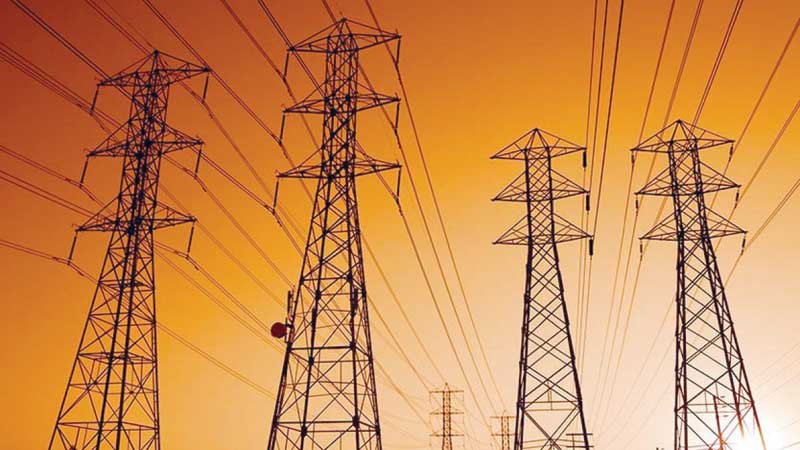


Revised electricity and water tariffs slated to come into force across the Sultanate with effect from January 1, 2021 will result in a significant uptick in the monthly bills of consumers — part of a momentous effort by the Oman’s authorities to roll back longstanding subsidies on utilities and help rein in a widening government fiscal deficit.
On Sunday, the Authority for Public Services Regulation (APSR) unveiled on behalf of the government a roadmap for the scrapping of electricity and water subsidies, alongside a strategy for channelling part of the proceeds towards economically weaker sections of the Omani populace.
“The electricity and water subsidy reform programme forms part of the set of initiatives under the Sultanate’s Medium-Term Fiscal Plan (2020-2024),” said the Authority in a statement on the landmark initiative. “The subsidy reform initiative seeks to enhance the efficiency and sustainability of the utilities sector, improve the efficiency of government spending and its financial sustainability whilst also enhancing the social safety net ecosystem by rechannelling government subsidies to the segments of society most in need.”
Electricity tariffs have been revised across the board. For major customers consuming 100 megawatt-hours (MWh) of power per annum, a revamped Cost Reflective Tariff (CRT) structure will be applied based on their consumption trends. For other types of non-residential customers, including industrial, commercial, government and tourism establishments, consuming less than 100 MWh of electricity per annum, a single uniform tariff is applicable. A premium rate applies for consumption during summer months. On the other hand, agricultural and fisheries-related customers will be covered by a separate, relatively concessional tariff structure.
The residential segment will be governed by different sets of tariffs. For nationals, a Citizen Account Tariff will be applied to accounts registered in the names of citizens not exceeding two accounts per citizen. For expatriates and foreigners, Resident and Additional Accounts Tariffs will be applied to accounts registered in the names of residents and additional accounts for citizens beyond the allowable two accounts under the Citizen Account Tariff.
Similarly, a significant upward revision has been announced in the tariff structure for potable water consumption.
The highest rate of 4.5 baisas/gallon is prescribed for non-residential consumers. But, as with the electricity tariffs for residential customers, a differentiated tariff system will be applied for citizens (2.5 bz/gallon), on the one hand, and residents / additional account holders (3 bz / gallon), on the other.
Importantly, the revised tariffs will contribute to a dramatic reduction and eventual phase-out of subsidy on electricity and water, which is projected to burgeon to a staggering RO 900 million in 2025 if left unchecked. Explaining the rationale behind the reforms, the Authority said: “According to the currentapproach, electricity and water subsidies are extended to almost all electricity and water consumers in Oman, regardless of the living standards and category of customer.
The subsidies also cover non-residential categories such as industrial, government and commercial categories. Furthermore, the electricity tariff for residential categories in the Sultanate has remained the same since 1987 and has never been affected by the changing economic events such as inflation, fluctuating oil prices, and the growth in demand over the years.
This led to an increase in government subsidies over the years which reached almost RO 750 million in 2020 constituting 5 per cent of the State’s general budget and around 20 per cent of the projected deficit during the current year. Should the government refrain from taking any action in connection with the subsidies, they are expected to reach up to RO 900 million by 2025,” it stated.
The subsidy burden on the government has grown year-on-year in trend with rising demand growth for electricity and water. More than RO 8 billion has been invested by the government in power and water distribution infrastructure over the last 10-15 years to keep pace with exponential demand growth. Electricity accounts surged 141 per cent over the 2005–2019 timeframe, while electricity supply increased by 253 per cent.
On the other hand, water accounts (for erstwhile Diam) increased by over 187 per cent and the total distributed water reached a robust 180 per cent during the period from 2010 to 2019. According to the Authority, the medium-term fiscal balance plan (2020-2024) provides for part of the savings accruing from the rollback of subsidies to be gradually redirected to vulnerable sections of the Omani community starting from January 1, 2021 until 2025.
Eligible categories registering under the National Subsidy System (NSS), will receive support in the form of a 33 per cent discount on the total bill value and up to a specific consumption ceiling (4,000 kWh/month) for electricity. A similar mechanism will be applied to water during the coming phases, it said.
CONRAD PRABHU
@conradprabhu
Oman Observer is now on the WhatsApp channel. Click here



